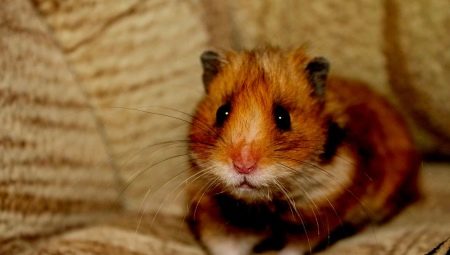Hamsters are cute furry creatures that are great as pets. But, despite the small dimensions of these animals, they require special and proper care. For this reason, before you purchase a hamster, you should pre-create the conditions for his comfortable stay. Below is a list of what a future pet must buy:
- a cell;
- house;
- a drinker;
- feeding trough;
- fillers;
- restroom;
- mineral stone;
- wheel;
- ball for walking;
- toys.

Attribute Selection
The cage is the main attribute, because it is in it that the fluffy pet will spend all its time. How to choose the right cell and what you need to build on, is described below.
- The material of manufacture. It can be metal or plastic. Plastic cages are usually immediately equipped with all necessary equipment, including a wheel, tunnels and other attributes. Of course, this option with a complete set is not cheap. For this reason, a metal cage will become a more affordable and no less high-quality choice.
- Sizes. An adult must be in a cage with sizes not less than 50x50 or 30x50 cm - this depends on the breed of the pet. A small cell will negatively affect the hamster's health. Also, do not place your pet in a cage that is designed for a parrot or guinea pig. It should be equipped specifically for hamsters, have the appropriate size and quality.
- Rod Material. This is an important criterion because hamsters tend to gnaw twigs. It is better that they are made of stainless steel, do not bend or break. It is important that there is no paint on the rods, otherwise the hamster will recover with harmful substances.As for the distances between the rods, it should be from 5 to 10 mm (depending on the breed of the hamster).
- Door. There are usually two doors in a cage. A pet enters and exits into one of them, and the other is located upstairs, so that it is easier for the owner to clean inside, namely: clean the feeder, toilet and renew the litter.
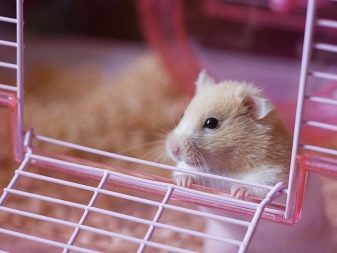
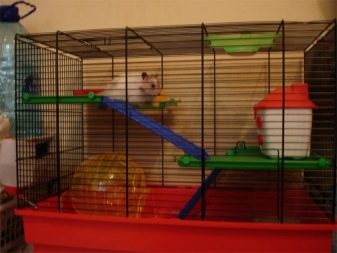
Two hamsters cannot be placed in the cage, otherwise the struggle for the territory between them will be inevitable, during which individuals can injure each other. Nature has laid it so that these fluffy animals live alone. For this reason (if the owner decided to have two hamsters), they need to be placed in different cages.
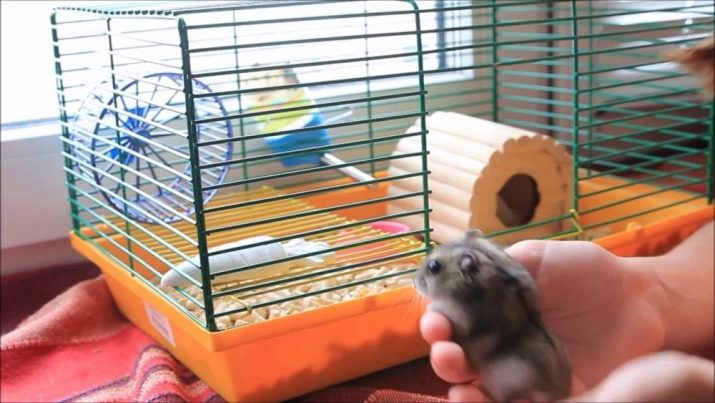
Another important point: nothing can be rearranged in the cage, even if the pet itself, according to the owner, made a mess there. Any rearrangement can pose serious stress for the animal. Often, getting a hamster out of its permanent habitat is also not recommended.
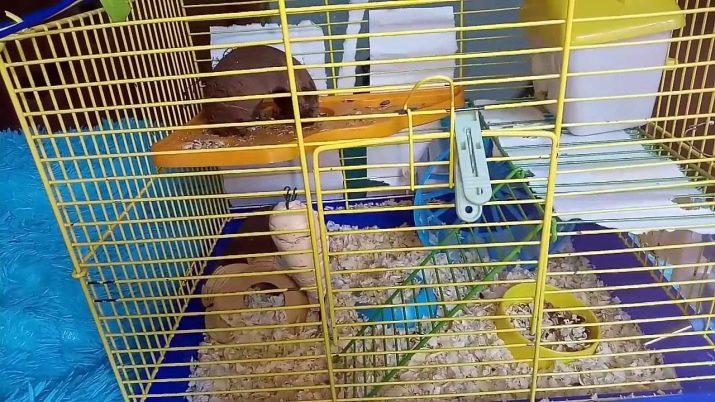
As for the location of the cage in the apartment, it should be in a place where there is no increased humidity, drafts or bright sunlight.
House
A small pet needs a cozy corner where he would create a “nest” for himself and stock up on food. The main thing for the home is strength, safety, non-toxicity and weightiness. There are several types of houses.
- Made of wood. This option is environmentally friendly and familiar to the hamster. Stores offer a variety of designs of wooden houses - you can pick up an original design.

- Made of plastic. Here you should approach the choice with responsibility. It is important that the plastic is non-toxic, otherwise the hamster may be poisoned. In stores you can find many plastic houses - from one-story to multi-level, with different colors.

- Made of ceramic. This material is considered safe, non-toxic and durable. The hamster will not be able to move it because of the weightiness of the home, which is a plus. As for the design, you can choose ceramic houses in the form of any fruit or mushroom.
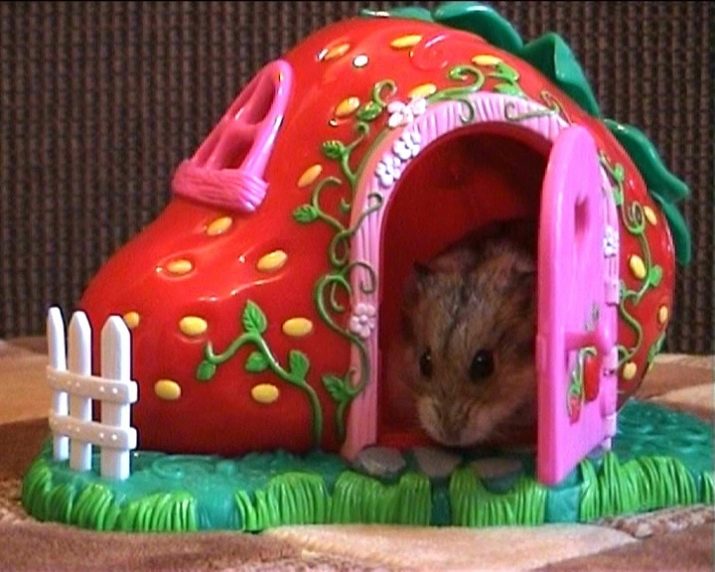
- Carrying house. A convenient option, which from a place to rest your pet easily turns into a convenient carrying bag. It will come in handy if the owner is leaving somewhere or just cleaning up in the cage.
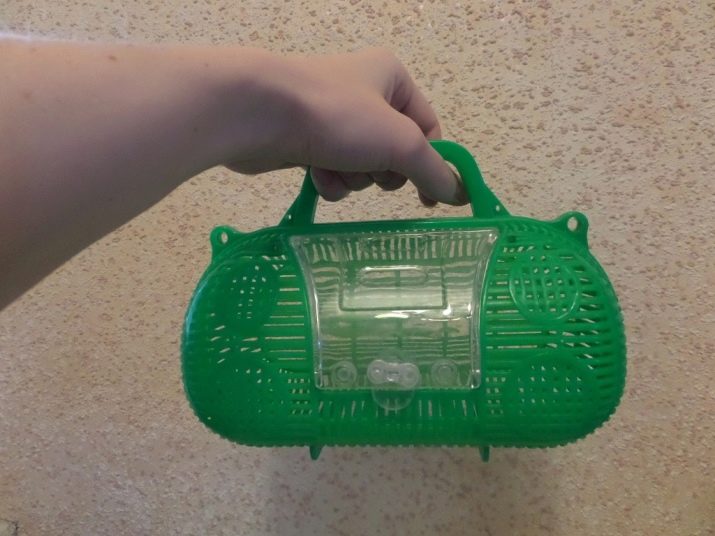
- Fabric and other houses. Sometimes the owners buy a house in the form of a hammock or make a cardboard house with their own hands. This is not to say that such materials are durable because the hamster does not need to quickly nibble his habitat.
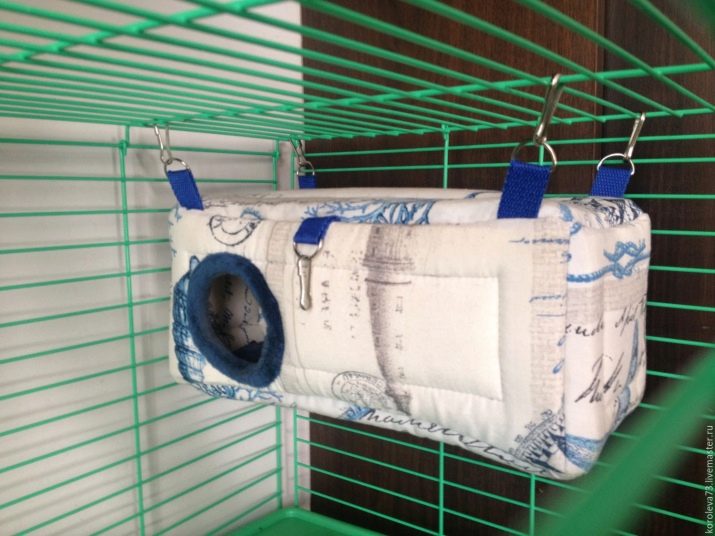
Drinking bowl with feeder
No cage can be imagined without these important hamster attributes for food and drink.
There may be one feeder, but it is better to stock up on two at once - in one cereal mixture will be strewed, and in the other - juicy food. The material for manufacturing the feeders is plastic or ceramic. It is better to dwell on the ceramic version due to its weight and durability. It is worth noting that hamsters love to climb into feeders, so it is better to find a place in it not only for food, but also for a small pet.
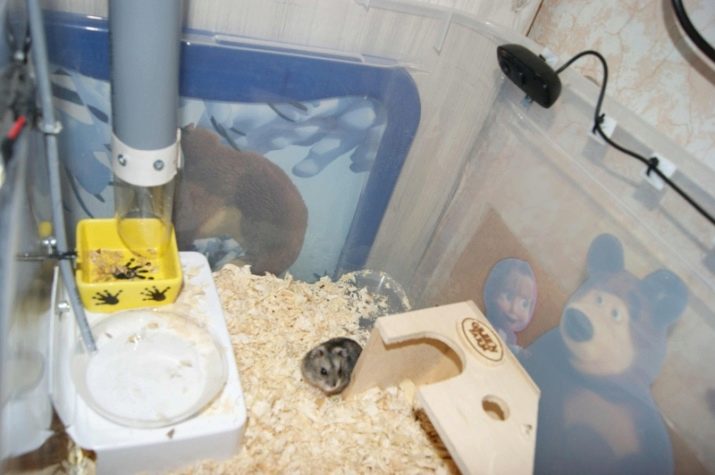
As for the drinking bowl, it is divided into several types.
- Bowl. It is the most common and inexpensive option. But it is worth noting the minus of such a drinking bowl - it easily turns over. For this reason, the owner will have to clean up the cage quite often, otherwise a raw filler will cause diseases of the furry pet.
- Drinking bowl. It is hygienic, simple and comfortable. But it’s important not to choose soft plastic as the material, otherwise the hamster will quickly nibble it.
- Automatic and ball. Such a drinker is convenient and reliable. The pet will quickly figure out how to use it correctly, so there will be no problems with adaptation. It is only important to choose a quality material so that the drinker does not leak.
- With a pocket. Such a container has a special pocket-nose, from where the animal receives water.This option is reliable and hygienic, although the water may be contaminated by the filler, so the owner should consider this point and periodically change the water.
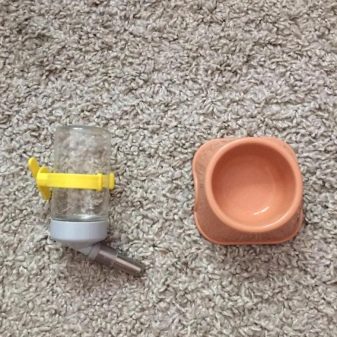
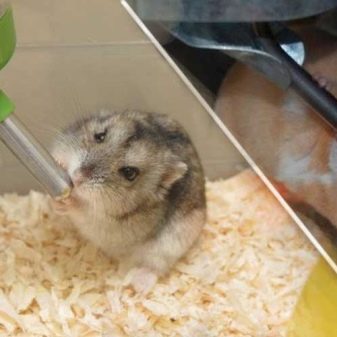
Fillers and toilet
You can not leave the cell without filler. There are two reasons for this: hamsters love to delve into the filler, equipping their habitat with it, and the filler eliminates the pungent smell of rodent urine. The main thing is to choose a safe and comfortable option for the animal.

Fillers can be from various components.
- Hay. This material will be familiar to the hamster, in addition, it is environmentally friendly and low price.
- Sawdust. This option is popular among hamster owners. Only sawdust does not sufficiently absorb odor, and the pet can scatter them around itself, thereby polluting the area near the cage.
- Pressed sawdust. This option differs from the previous one in a better absorption of odors.
- Cellulose. If the pet is allergic to other types of filler, then you can stop on cellulosic material, although he is far from a leader in the absorption of odors and moisture.
- Corn. This option is the safest and most effective. But, accordingly, the price bar will be higher than in the previous types.
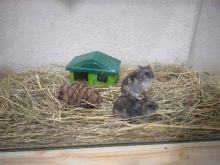
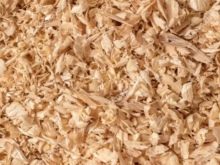

Some owners make filler from improvised means, for example, napkins. As for newspapers, they cannot be used because they contain lead. Vata is also an undesirable option, because the hamster can become entangled in it, injuring its legs, up to a fracture.
Restroom
Another important attribute in the cage is the toilet. Hamsters are very clean animals, so after buying a triangular plastic container, you need to place it in a particular corner. The pet will quickly get used to the toilet, and it will be easier for the owner to clean the cage. In this case, you can even purchase a model with a special scoop and filler.

Wheel
Many owners wonder - is it really necessary for a hamster to have a running wheel? This attribute is not entertainment or a toy that can be dispensed with. Hamsters need a wheel to maintain activity. These rodents love to run, but in the cage they do not have such an opportunity.
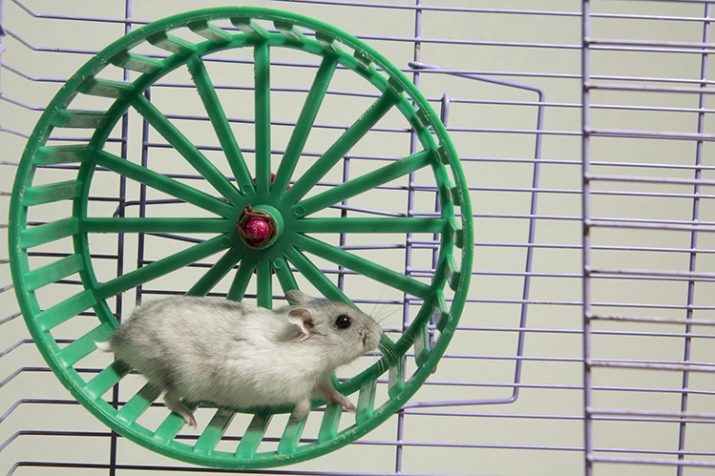
For this reason, it is important for the owner to buy a wheel, focusing on some criteria.
- Sizes. They depend on the breed of the pet. The wheel can be with a diameter of 14 to 18 cm.
- Surface. It is on it that a fluffy pet will “twist circles”. It is important that it is not too smooth and not trellised. In the first case, the hamster will slide and fall all the time, and in the second, the pet risks getting a leg injury. It is also important to pay attention to the safety of the wheel mounts.
The owner should be prepared for the fact that running in the wheel is a rather noisy task, and the hamster can do this all night. In the store you can buy a silent option, for example, a wheel-plate. The main thing is that there should be enough space in the cage for this item.
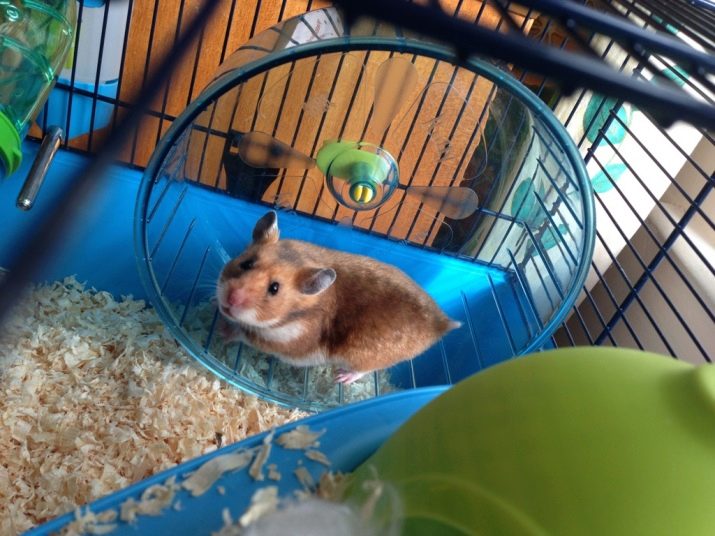
Toys and other accessories
To satisfy all the needs of a furry pet, the owner can also purchase such an accessory as a mineral stone. It is necessary for the hamster to nibble it, thereby obtaining the necessary vitamins. In addition, this stone will take care of the health of the rodent’s teeth.
In order for the hamster to safely move around the apartment outside the cage, you need to buy a special ball for him to walk. So the owner will not need to worry about the fact that a small pet may get lost.
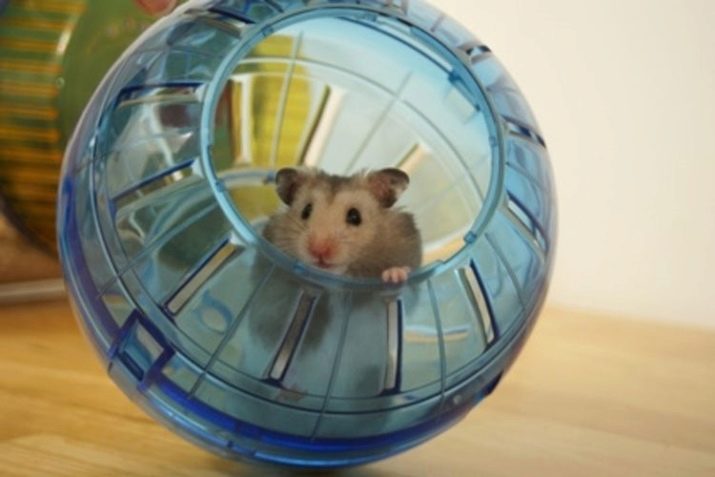
As for other toys, for example, swings, labyrinths, stairs, all these accessories are quite capable of replacing the wheel, because the main thing for the hamster is to move. Toys can be made with your own hands, just do not forget about the safety of materials and the convenience of a hamster.
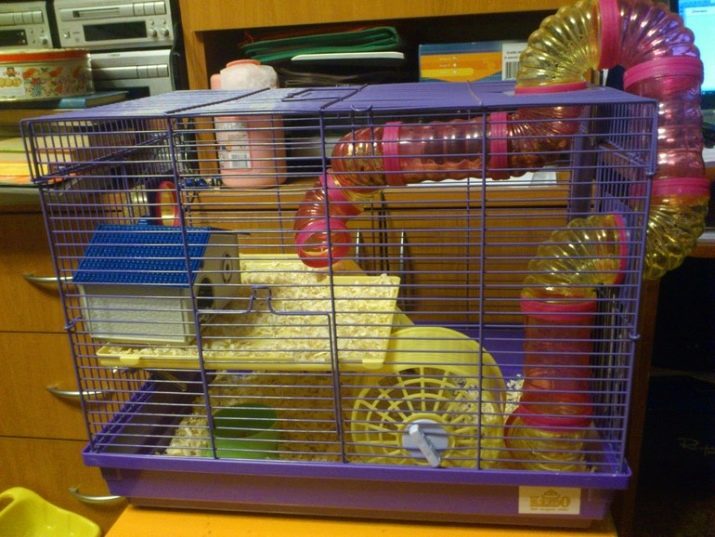
What you need to keep a hamster, see the next video.
